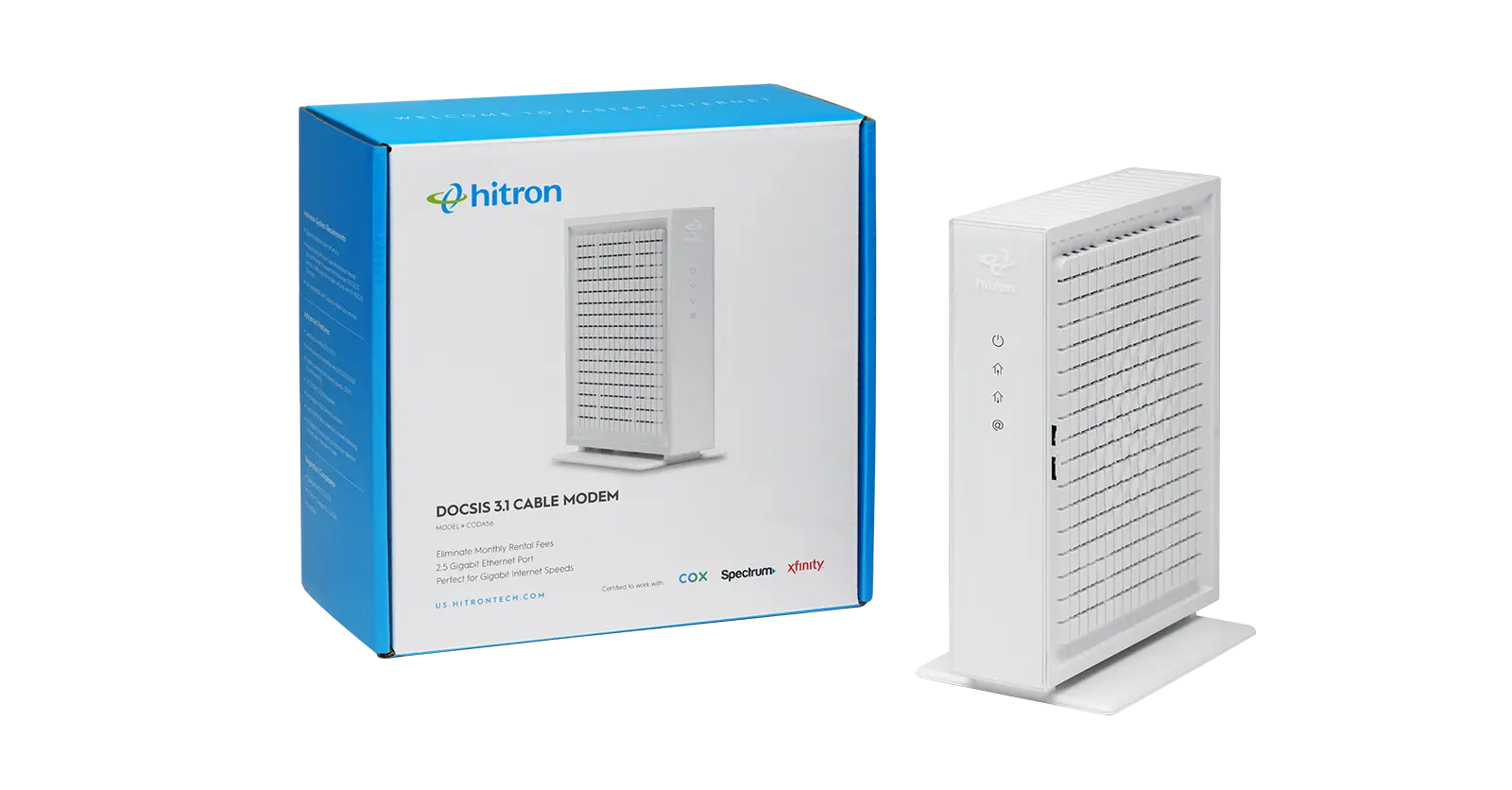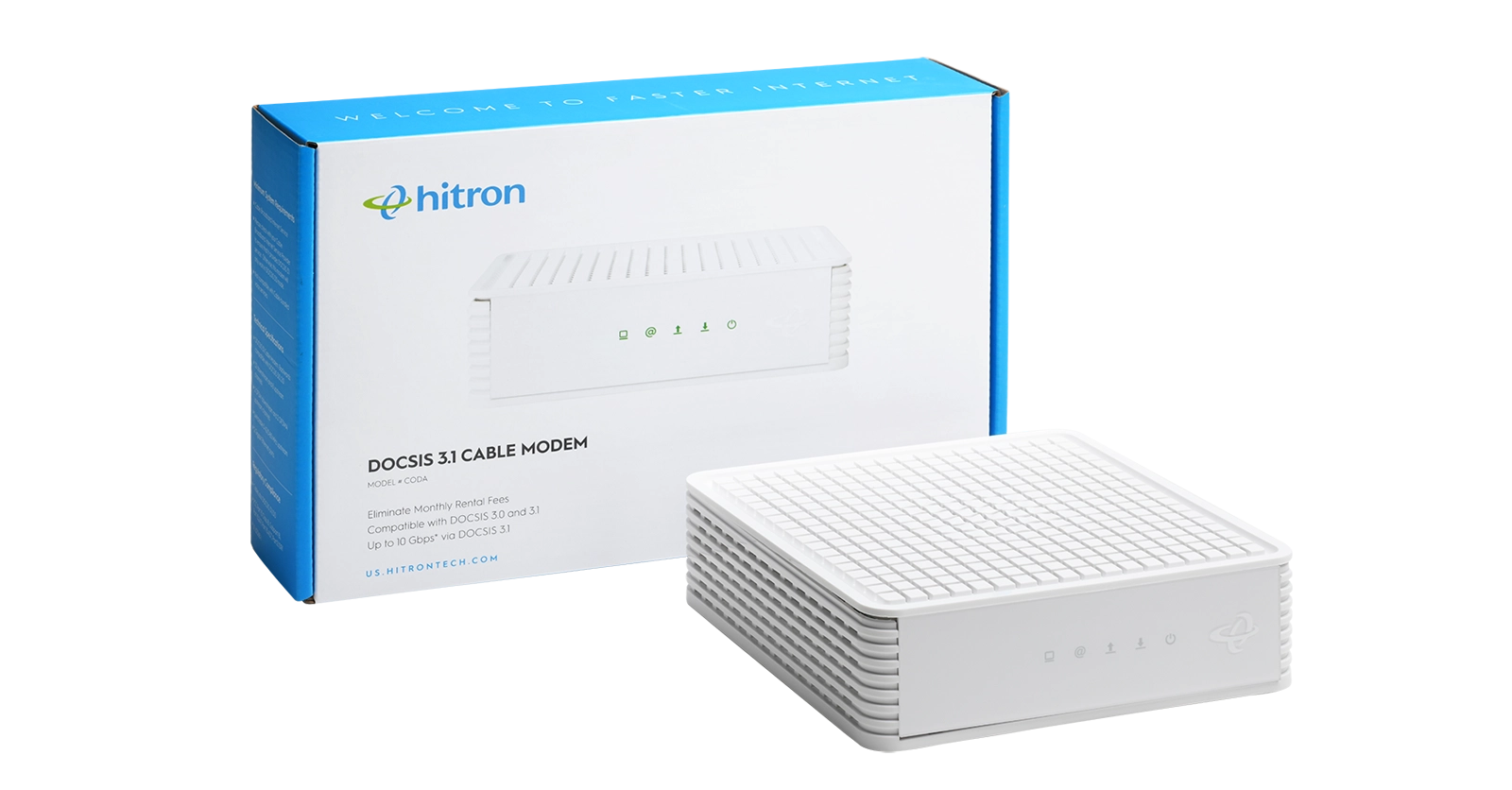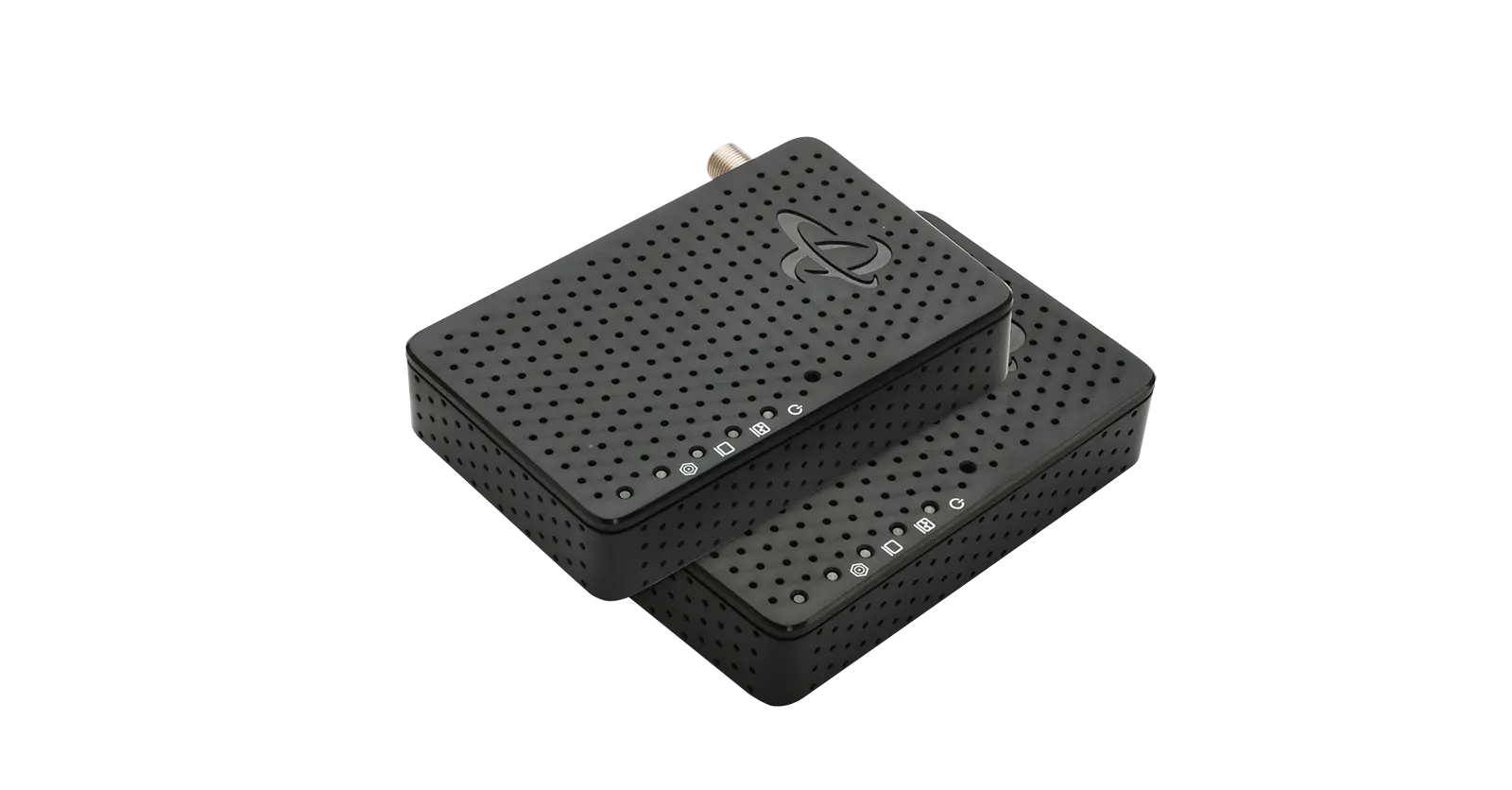Setting up a wireless home network is seemingly very easy. And for the most part it is. But WiFi can be thrown off by some common mistakes.
If you think your WiFi is underperforming, it could be because of some mistakes you are making. Do not worry. You are not alone. Here are 5 common mistakes people make when it comes to their home network and solutions to make your WiFi better.
- Poor router placement
Make sure your router isn’t in a bad spot. Distance is an obstacle for your WiFi network.
Solution: Place your router in a central location and up off of the floor. A direct line of connection will make your WiFi better with your mobile devices.
- Unprotected network
Unwanted guests on your network not only become a security threat, but they congest your network and tank your WiFi performance.
Solution: Make sure your WiFi network name and password are strong and unique. Change them often.
- Too many devices connected at once
If too many devices are connected to your network at the same time, things will slow way down.
Solution: There are two options here. You can disconnect devices that you are not using or that you do not use often. Or two, you can use a WiFi booster like MoCA adapters to wire up bandwidth-heavy devices like gaming consoles and PCs. By wiring up the devices that require a bulletproof connection will help take the load off of your WiFi and speed things up.
- Outdated devices
If your devices are old, they won’t be able to keep up.
Solution: If you are renting from an Internet service provider (ISP), your devices will be updated. But if you bought your own devices, making sure you update to modern models every few years.
- Not having enough speed
You pay for certain speeds from your ISP, so make sure you are getting them.
Solution: You can run a WiFi speed test to make sure your speeds are accurate. You can also boost your WiFi signal with WiFi boosters to make things faster.
Want more WiFi and Internet boosting tips? Check out Hitron’s Learn Page and blog for more.


